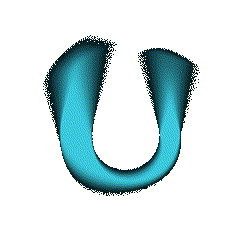Ludwig Minkus
Composer
(1826–1917)
Ludwig Minkus was born as Aloysius Bernhard Philipp Minkus, in Vienna. At four, he started to receive lessons in violin, and at the age of eight made his public début. After a long solo career in Vienna, he came to St.Petersburg, where in 1853–1855 played in the orchestra of Prince Nicholas Yusupov the Younger. Since 1856, he served in Moscow as principal violinist in the orchestra of the Bolshoi Theatre, and later, occupied the dual position of a Chapelmaster of the Imperial Italian Opera and Inspector of the Imperial Theatre orchestras in Moscow. In 1866 to 1872, taught as Professor of violin at the newly established Moscow Conservatoire.
He composed his first score for the one-act ballet L′Union de Thétis et Pélée (The Union of Thetis and Peleus) for the private performance at the Yusupov Palace on the Moika river in St. Petersburg (1857). Minkus started composing full-length grand ballets on commission from the ballet master Arthur Saint-Léon: La Flamme d’amour, ou La Salamandre (The Flame of Love, or the Salamander, Moscow, 1863), Le Poisson doré (The Golden Fish, St. Petersburg, 1867), La Source (The Stream, composed jointly with Léo Delibes, Paris, 1866).
From 1870 and until 1886, Minkus occupied the post of the ballet composer of the St. Petersburg Imperial Theatres; the post was relinquished after his retirement. He returned to Vienna in the summer of 1891.
It was in collaboration with the choreographer Marius Petipa that Minkus had composed his main ballets: La Camargo; Les Aventures de Pélée (The Adventures of Peleus); Roxana, la beauté du Monténégro (Roxana, the Beauty of the Montenegro); La Fille des Nieges (The Daughter of Snows); Mlada; Zoraïa, ou La Maure en Espagne (Zoraia, or The Moor Girl in Spain). His ballets keep in the world repertoire till the present day, among them are Don Quixote (1869) and La Bayadère (1877), as well as the numbers composed by him in 1881 for the new version of Paquita: the Pas de trois and the Grand Pas classique.



